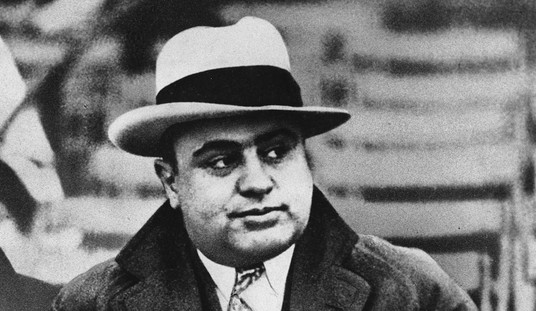So much for a fast start to the recover in 2012. A week after announcing the worst durable-goods orders report in three years, the Commerce Department’s report on factory orders and shipments in January show the worst outcome in sixteen months:
New orders for manufactured goods in January, down following two consecutive monthly increases, decreased $4.8 billion or 1.0 percent to $462.6 billion, the U.S. Census Bureau reported today. This followed a 1.4 percent December increase. Excluding transportation, new orders decreased 0.3 percent. Shipments, up eight consecutive months, increased $4.1 billion or 0.9 percent to $463.6 billion. This followed a 0.8 percent December increase. Unfilled orders, up twenty-one of the last twenty-two months, increased $5.4 billion or 0.6 percent to $917.9 billion. This followed a 1.5 percent December increase. The unfilled orders-to-shipments ratio was 6.10, up from 6.04 in December. Inventories, up twenty-seven of the last twenty-eight months, increased $3.9 billion or 0.6 percent to $614.7 billion. This was at the highest level since the series was first published on a NAICS basis in 1992 and followed a 0.2 percent December increase. The inventories-to-shipments ratio was 1.33, unchanged from December.
Inventories, on the other hand, continued to increase — a bad sign as demand drops:
Inventories of manufactured durable goods in January, up twenty-five consecutive months, increased $2.4 billion or 0.6 percent to $372.5 billion, revised from the previously published 0.7 percent increase. This was at the highest level since the series was first published on a NAICS basis and followed a 0.3 percent December increase. Machinery, up twenty-two consecutive months, had the largest increase, $0.9 billion or 1.5 percent to $61.5 billion. Inventories of manufactured nondurable goods, up four of the last five months, increased $1.5 billion or 0.6 percent to $242.2 billion. This followed a slight December decrease.
Reuters actually nails the problem in its analysis:
New orders for factory goods dropped in January by the most in over a year and businesses cut orders for new capital goods, suggesting one of the drivers of the economic recovery faltered at the start of the year.
The Commerce Department said on Monday orders formanufactured goods fell 1.0 percent, a less steep decline than the 1.5 percent loss expected by private forecasters in a Reuters poll. Still, it was the biggest decline since October 2010.
Many economists think the expiration of some tax breaks on capital spending at the end of 2011 led businesses to bring forward investments.
The problem is that the gimmicky tax break in 2011 for capital investments — pushed by the Obama administration and many Republicans as well — didn’t address the key issues in the stagnation since the June 2009 end of the Great Recession. Like so many other temporary tax changes, the one-year tax break on capital purchases only accelerated capital purchases that would have taken place anyway. This tax break was a larger-scale version of Cash for Clunkers, and it had the same effect, which was to steal demand from future quarters, and that’s exactly what we have seen from both January reports.
Thanks to the ambiguity of tax policy, energy prices, and regulation in the marketplace, perhaps especially the ambiguity in regulations like Dodd-Frank and ObamaCare, capital investors can’t price long-term risk at all. That means that they can’t make informed decisions on capital investment for business expansions and new-business creation, and so their capital stays on the sidelines. Until we quit tinkering with gimmicky, temporary tax breaks and reform the long-term tax codes, we’re not going to see robust and sustained economic growth.








Join the conversation as a VIP Member